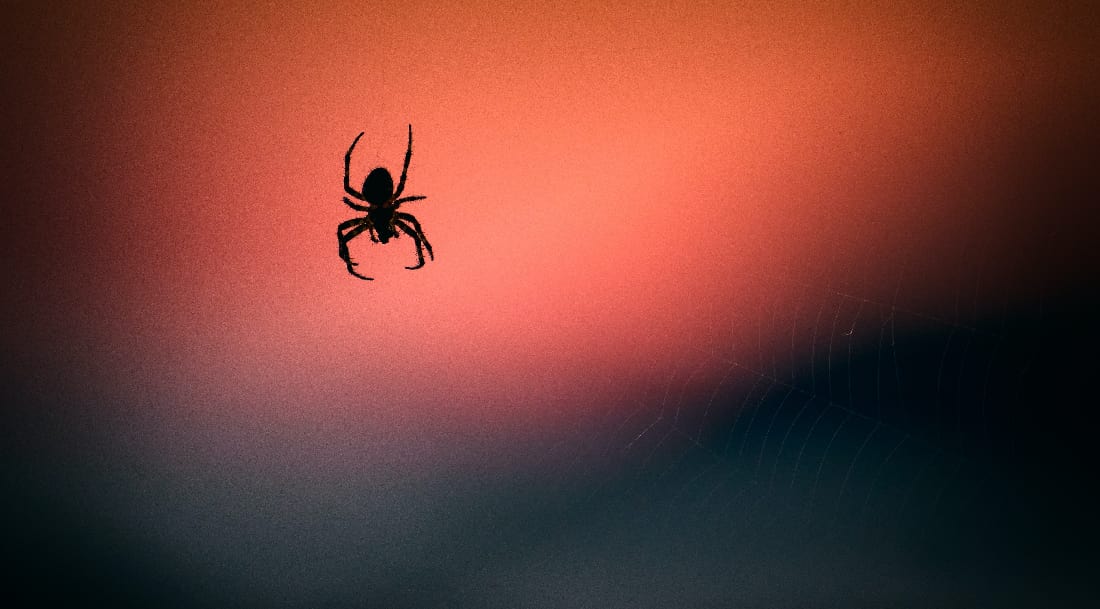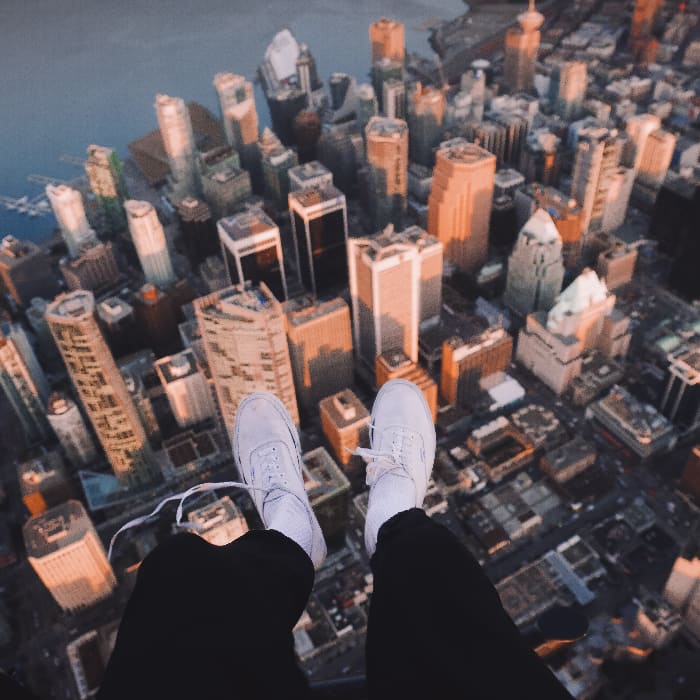Where Do Phobias Come from?
A phobia is a form of anxiety disorder that makes a person experience severe and irrational fear about an object, place, living creature, or situation. People with phobias often adjust their lives to avoid whatever they think is dangerous. Their imagination poses a more significant threat than the actual cause of terror. This list of phobias will give you a starting point for understanding these fears and what to do about them.
A person with a phobia will endure intense distress whenever they face their phobia’s source. Besides preventing them from functioning normally, this may also cause panic attacks. It’s uncommon for a phobia to begin after the age of 30. Most people develop a phobia during early childhood or teenage years. The primary causes include a frightening event, a stressful experience, or a parent with a phobia that a kid can ‘learn.’
What’s the Difference Between Simple & Complex Phobias?
Simple and complex phobias are the two common types of phobias that may affect a person’s life. There are critical distinctions between these two.
Contact Story Wellness
Simple Phobias Are:
- Specific Fears: Simple phobias are fears of particular objects, animals, situations, or activities. For example, arachnophobia is the fear of spiders, and acrophobia is the fear of heights. These phobias are focused on a particular trigger.
- Immediate Fear Response: Simple phobias usually trigger an immediate fear response when the person encounters the feared object or situation. This fear response can range from mild anxiety to severe panic.
- Limited Impact: While simple phobias can cause distress and avoidance behavior, they typically don’t significantly impair a person’s daily life. Avoidance of the trigger might be manageable or only occasionally impactful.
- Often Develop Early: Simple phobias often develop in childhood and adolescence. They can be learned through experiences or observation; some may have a genetic component.
List of Phobias: Simple
- Arachnophobia: Fear of spiders.
- Acrophobia: Fear of heights.
- Claustrophobia: Fear of confined spaces.
- Ophidiophobia: Fear of snakes.
- Agoraphobia: Fear of open spaces.
- Trypophobia: Fear of clustered patterns.
- Social Phobia: Fear of social situations.
- Aerophobia: Fear of flying.
- Mysophobia: Fear of germs/dirt.
- Hemophobia: Fear of blood.
- Entomophobia: Fear of insects.
- Cynophobia: Fear of dogs.
- Astraphobia: Fear of thunder/lightning.
- Aquaphobia: Fear of water.
- Aichmophobia: Fear of sharp objects.
Complex Phobias Are:
- Generalized Fears: Complex phobias are more generalized and pervasive fears. They are often associated with broader concepts or situations rather than specific triggers. Social phobia (fear of social situations) and agoraphobia (fear of open spaces) are complex phobias.
- Persistent Fear: Complex phobias tend to cause a more constant and long-lasting fear that is not limited to a single trigger. For instance, agoraphobia may result in fear of leaving home or entering crowded places.
- Significant Impairment: Complex phobias can significantly impact a person’s life and daily functioning. They may interfere with work, social life, and relationships, leading to avoidance of various situations or environments.
- Often Develop Later: Complex phobias typically develop in late adolescence or adulthood and are often associated with traumatic experiences or life events. They may also be linked to underlying anxiety disorders.
List of Phobias: Complex
- Social Phobia: Fear of social situations.
- Agoraphobia: Fear of open spaces.
- Nyctophobia: Fear of darkness.
- Thanatophobia: Fear of death.
- Glossophobia: Fear of public speaking.
- Trypanophobia: Fear of needles.
- Xenophobia: Fear of strangers/foreigners.
- Emetophobia: Fear of vomiting.
- Pyrophobia: Fear of fire.
- Triskaidekaphobia: Fear of the number 13.
- Nomophobia: Fear of being without a mobile phone.
- Technophobia: Fear of technology.
- Somniphobia: Fear of sleep.
- Bibliophobia: Fear of books.
- Taphophobia: Fear of being buried alive.
Is There Treatment for Phobias?
Yes. Outpatient treatment is a good option for what you found in this list of phobias and general anxiety. It provides valuable professional guidance, a supportive and non-judgmental environment for people to address their fears openly, and practical coping strategies to manage anxiety in real-life situations. Therapists offer gradual exposure to phobic triggers, fostering resilience and a sense of control over their fears.
The ongoing support and monitoring ensure sustained progress and empower individuals to take charge of their mental well-being. Additionally, outpatient therapy may include group sessions, creating a sense of community and shared experiences among individuals with similar challenges. Through real-life application, individuals can integrate new coping skills into their daily lives, leading to tangible and lasting improvements in their mental health and overall well-being.
Want to chat about this list of phobias or potential treatment? Call us today for a free consultation.






